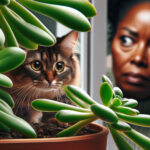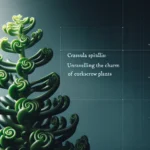Introduction to Crassula and Feline Health
Welcome to the lush world of Crassula plants, the darlings of home décor and the champions of indoor air quality! These succulent beauties, often referred to as Jade Plants or Money Trees, have conquered windowsills and offices with their plump, glossy leaves. But there’s more to Crassula than just their charming appearance, and if you share your home with a feline friend, you’ll want to perk up your ears.
When it comes to the well-being of our whiskered companions, the words ‘Caution’ and ‘Plants’ often need to go hand-in-paw. Why, you ask? Well, imagine this: a sunny afternoon, your cat, Mr. Whiskerson, decides to take a nibble on a Crassula leaf. Catastrophe avoided, or beginning of trouble? Here’s where cat parents buckle up for some serious pet-plant dialogue.
It turns out that our beloved Jade Plants have a secret. These green household idols harbor a toxin that’s not a friend to our furry companions. Sure, a Money Tree may bring hypothetical prosperity, but when Mr. Whiskerson decides to test his luck, he might end up with more than he gambled for. If you’re curious to dive deeper into this topic, you can learn more about how Crassula can affect your cat’s health here.
Before you consider rehoming your potted buddy or turning your living room into a feline fortress, take heart. Knowledge is power, and with the right approach, you can keep both your greenery and Mr. Whiskerson thriving. In fact, taking care of your indoor plants can be a wonderful hobby, not just for you but for the whole family. If you’re looking to green up your thumb, check out these tips for nurturing your home’s flora without putting your pets at risk.
But let’s step back to our Crassula concern, shall we? Mr. Whiskerson doesn’t need to be a statistic; he can continue to lounge in the sunbeam beside your Money Tree, as long as it’s out of paw’s reach. After all, a little precaution goes a long way in keeping our kitty comrades safe and sound.
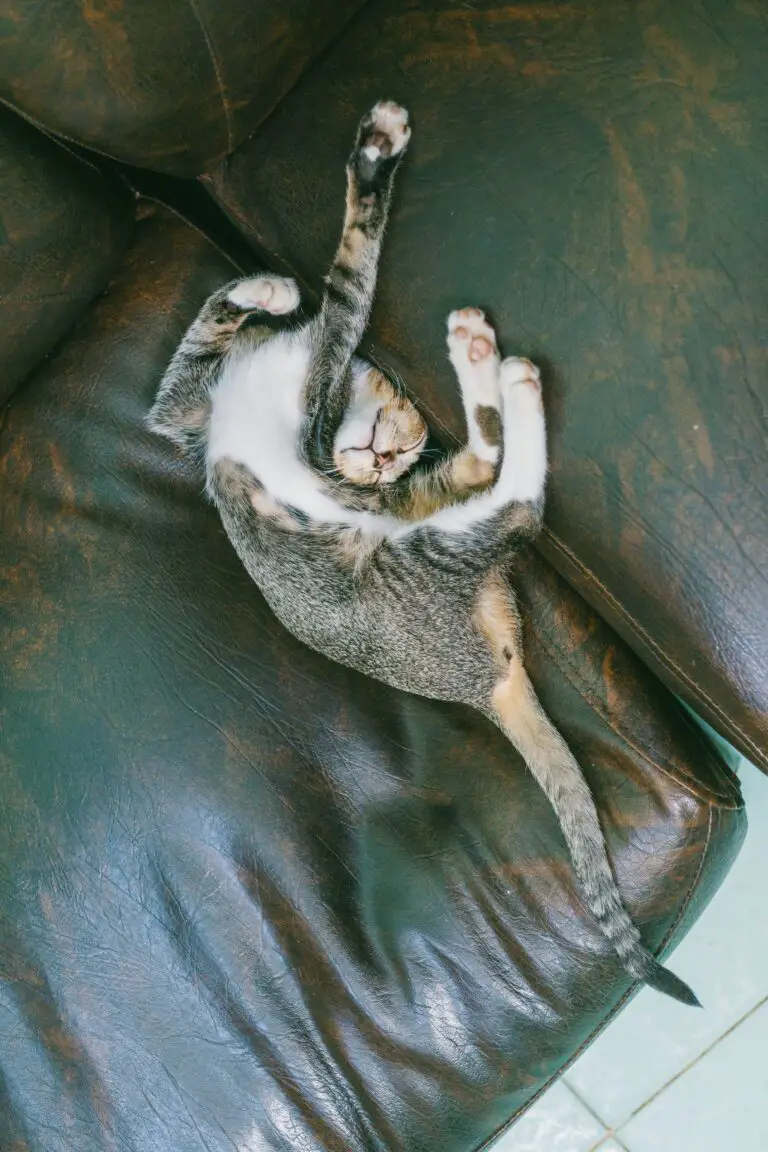
So, as you sit back and admire the resilient visage of your Crassula from across the room, relish in the tranquility of responsible pet ownership. Together, both you and Mr. Whiskerson can enjoy the green splendor—safely and serenely.
Understanding the Toxicity of Crassula Plants
As cat lovers, we all know that our furry friends possess an insatiable curiosity, especially when it comes to exploring the greenery around them. However, this natural inquisitiveness can sometimes land them in trouble, particularly with certain houseplants. One such group of plants that has raised concern among pet owners is the Crassula family. But what’s the real scoop on their toxicity?
If you’ve been blessed with a green thumb, you’re likely familiar with the Crassula genus, a collection of succulents praised for their ease of care and beauty. Popular varieties like the Jade plant (Crassula ovata) can be a charming addition to your indoor garden, but it’s crucial to understand their potential dangers to pets.
Diving into the heart of the matter, Crassula plants contain compounds that can be harmful to cats if ingested. While the toxic principles within these plants are not the deadliest, they can certainly cause some unpleasant symptoms in cats that may include vomiting, lethargy, or in some cases, diarrhea. The reason for this toxicity is largely due to substances like terpenoids and saponins found within the plant’s leaves and stems.
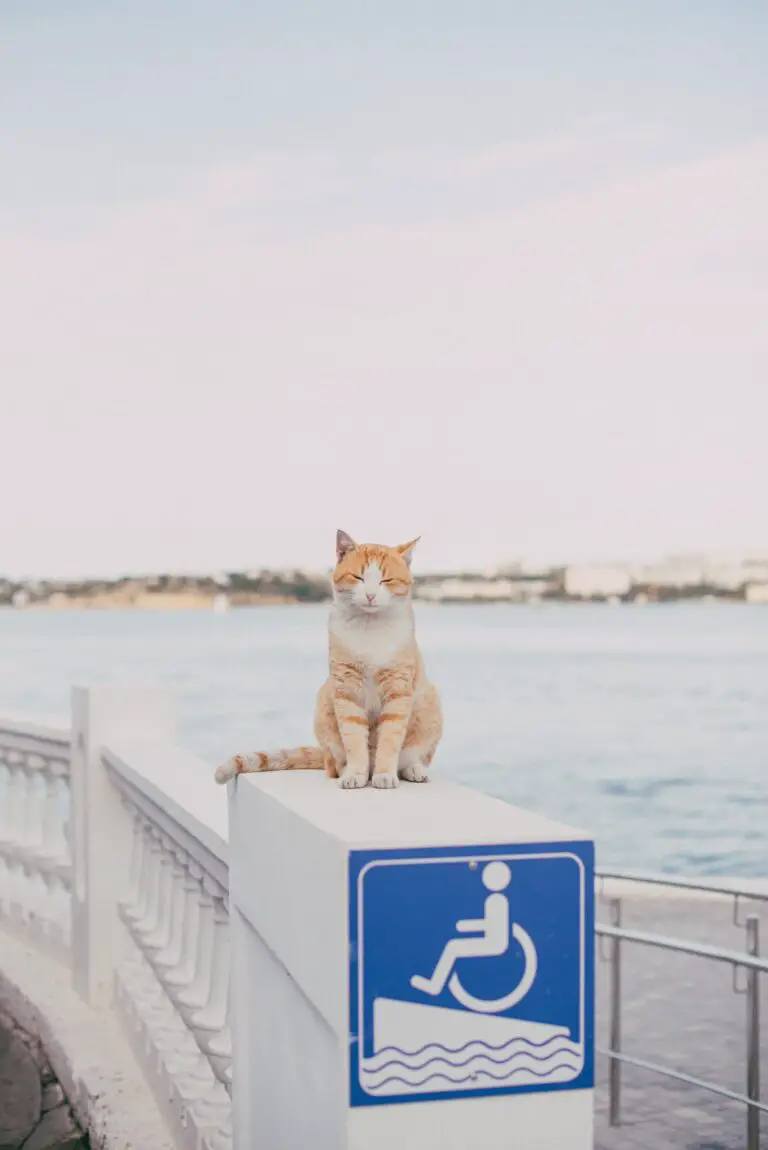
A real-life example features a curious calico named Muffin, who couldn’t resist the succulent leaves of a Jade plant tucked away in her owner’s sunroom. A nibble turned into a mid-sized snack, and before long, Muffin presented with a bout of vomiting. A quick trip to the vet confirmed Muffin’s indiscretion, reminding us that our feline companions do not always know what’s best for them.
Understanding why these symptoms occur gives us insight into feline physiology. Cats lack some of the specific enzymes that are required to break down certain plant-based toxins, which makes them notably more susceptible to the effects of these otherwise innocuous succulents. When it comes to plant safety, this guide shines a light on proper care and preventive measures to keep both your plants and pets thriving harmoniously.
The importance of recognizing and preventing such risks cannot be overstated. After all, the well-being of our whiskered companions is always our primary concern. By delving into the toxicity of Crassula plants and understanding the delicate balance between nature and our pets, we can navigate a safer environment for our animal friends to flourish.
Recognizing the Signs of Poisoning in Cats
Picture this: You’ve found your cat nibbling on a crassula plant from your succulent collection. Now, a wave of panic hits you. Could your furry friend be in danger? Let’s dive into understanding how to spot the telltale signs that your cat may have been poisoned by crassula plants — and take a look at what you can do if you see these symptoms.
Initial Symptoms: The Red Flags
The first symptoms of toxicity in cats can be subtle, but they’re the crucial red flags that every cat owner should be aware of. If your cat has come into contact with a crassula plant, keep a lookout for lethargy, vomiting, or diarrhea. These are often the body’s first line of defense, trying to expel the toxic substances. Don’t dismiss these signs as just another hairball or an upset tummy from last night’s fishy treat. Instead, be proactive and monitor your cat’s behavior closely.
Veterinary assistance is critical at this stage to prevent more severe health consequences. A video that might be helpful illustrates the importance of recognizing these preliminary signs:
Severe Reactions: When It Gets Critical
Should those early symptoms escalate, you might notice more worrying signs: difficulty breathing, seizures, or even a sudden drop in blood pressure can occur. This is your cue to act fast. Like that one time your feline acrobat tried an ill-advised leap from the shelf, swift response is essential. A delay in treatment can lead to devastating results, and we want to keep our cats purring and healthy for as long as possible.
For cat owners who want to be extra cautious and prevent such incidents, check out these valuable insights on keeping your pets safe from household poisons. Prevention is always better than cure when it comes to our beloved feline friends.
First Aid Measures for Crassula Ingestion
Discovering that your curious kitty has nibbled on a Crassula plant can be quite worrying. These succulent plants, while easy on the eyes, could be a hidden danger to your feline companions. If you find yourself in such a pickle, fear not! Here’s a step-by-step guide to navigating the aftermath of a Crassula-chomping incident, tailored to provide your cat with the best chance at a swift recovery.
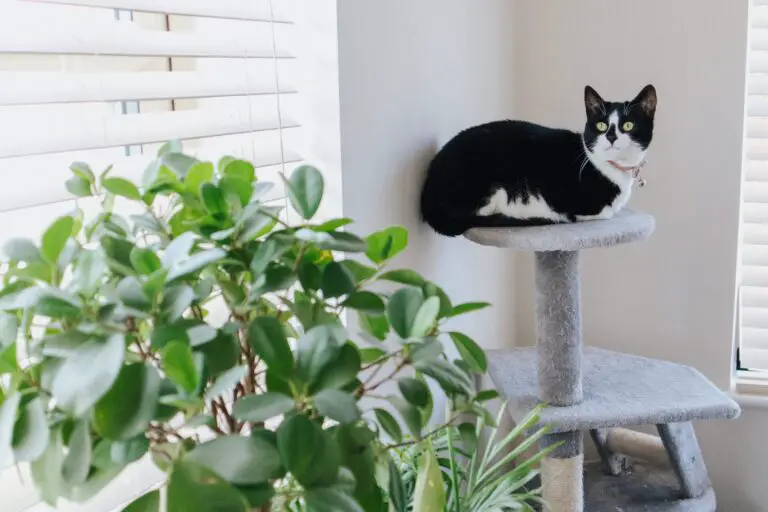
Step 1: Stay Calm and Assess the Situation
Take a deep breath and assess how much of the plant your cat has ingested. Small nibbles may result in mild reactions, but larger or repeated doses require immediate attention. Keep a snippet of the Crassula plant handy – it can be crucial for the vet to know exactly what they’re dealing with.
Step 2: Put the Plant Out of Reach
Immediately relocate the Crassula to ensure no further snacking occurs. Use this as a teachable moment to review the placement of your other houseplants as well. After all, prevention is better than cure!
Step 3: Monitor Your Cat
Keep a close watch on your cat for any signs of distress such as vomiting, diarrhea, or lethargy. These symptoms could indicate that the plant toxins are having an adverse effect, and your cat needs help.
Step 4: Home Remedies – A Temporary Solution
If you’re sure that only a small amount was ingested and your cat seems relatively unfazed, providing them with some cat grass may aid digestion and help them bring up the plant material. However, this should never replace professional care.
Step 5: Seek Veterinary Assistance
Even if your cat appears to be acting normal, it’s crucial to contact your vet or an emergency pet poison helpline. They’ll advise you on the best course of action – whether it’s in-home monitoring or bringing them in for a check-up. Remember, swift intervention can make all the difference.
Imagine you’re in a sitcom, and your cat is the mischievous character that just can’t help but stir the pot – quite literally, in the case of Crassula plants. As the responsible pet parent, your role is to safeguard your whiskered co-star, ensuring all their nine lives are spent in health and happiness. By following these immediate steps, you’re on the right track to keeping the show going without a hitch!
Preventive Strategies: Keeping Cats Safe Around Houseplants
As responsible pet parents, we’ve all been there — pondering whether that stylish Crassula plant could pose a threat to our curious feline friends. Indeed, are Crassula toxic to cats? The concern is valid as these succulent beauties, while easy on the eyes, aren’t as friendly to our whiskered companions. So let’s dive into a chunky batch of strategies that keep your home decor fabulous and your pets out of harm’s way!
Thinking Like a Cat to Outsmart a Cat
First things first: understand your adversary. Cats are natural-born climbers and explorers. So, that shelf you thought was high enough? Think again! Positioning plants beyond the leap of even the most athletic feline is key. Consider wall-mounted planters or hanging baskets that are out of sight and out of reach, dangling with the grace of a trapeze artist — much to the chagrin of your cat!
When Distraction is a Good Thing
But what if you could trump curiosity altogether? Cue the ‘catio’. A cozy nook filled with cat-friendly toys and treats can work wonders as a distraction. While Fluffy’s battling her new catnip-infused mouse, your Crassula can breathe easy. It’s a purr-fect example of diversion over deprivation!
The Great Indoors: Safer Alternatives to Crassula
Let’s switch gears and peek at the brighter side. Integrating feline-safe flora into your home is not just doable; it’s hugely satisfying! The Boston fern waves its fronds without a worry, and the Spider plant cheerfully multiplies in the background — all harmless matchups for your kitty detective. Display these non-toxic troopers around the house to maintain that green vibe without the fret.
Proactive Measures: Plant Education
Being proactive saves nine lives! Investing time in learning about non-toxic and toxic plants for cats amps up your guardian game. A little research can mean the difference between a serene, pet-friendly haven and a potential emergency. Labels, apps, or even a DIY plant-pet guide stuck to your fridge can serve as quick reference aids — safety can be savvy and stylish!
And now, to add a touch of visual flair to our discussion, let’s watch some snappy tips on keeping your cats safe from those not-so-friendly houseplants. This informative video not only sheds light on the dangers but also offers neat tricks to keep both your green babies and furry babies thriving in harmony.
{embed_code}
With these concepts woven into the very fabric of your daily routine, your cat’s nine lives are sure to stay intact. Stay vigilant, stay informed, and keep your home an Eden where every living being flourishes — lush leaves and playful paws alike!
Cat-Safe Houseplant Alternatives to Crassula
For pet owners who want to cultivate a touch of nature indoors without compromising the safety of their furry companions, finding cat-safe houseplants is a must. While the charming Crassula might be a tempting addition to your home, it could pose a risk to your whiskered friends. The good news is that there’s an array of non-toxic greenery that offers peace of mind alongside aesthetic appeal. Let’s dive into a green world where cats and houseplants can coexist in harmony.
Imagine a sunny afternoon with your cat lounging blissfully among your indoor plants, and you, free from worry about any toxic nibbles. Spider plants, for instance, are known for their resilience and cat-friendliness. In fact, it’s not uncommon to see cats playfully batting at the spiderettes, enjoying the plant as much as you do. Then there’s the classic Boston fern – its lush fronds create a mini-jungle that’s safe for Polly to explore.
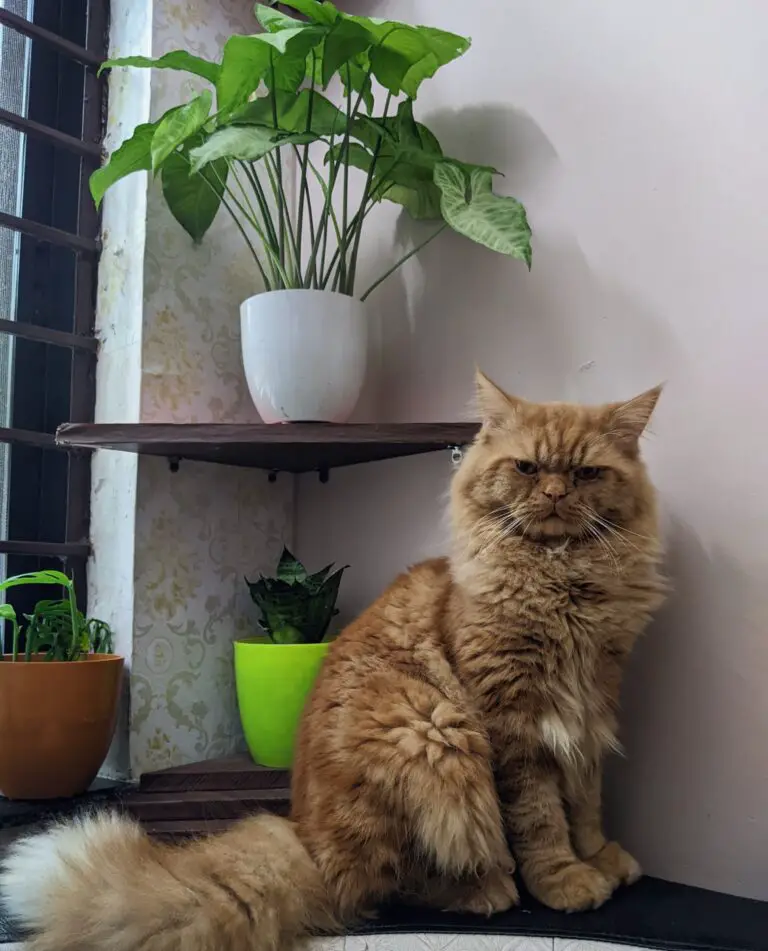
For those who adore the appearance of flowering plants, African violets offer a burst of color without the danger. These little beauties can sit on your windowsill, tantalizing you with their blooms, all while Kitty takes her afternoon siesta undisturbed beneath them. And let’s not overlook the sturdy and striking parlor palm. Tall, with feather-like leaves, it provides tropical charm and is completely benign to curious cats that may paw or chew at its foliage. Such examples not only enhance the ambience of your home but also ensure a secure play environment for your feline.
It’s about creating a living space that’s a sanctuary for both you and your beloved pet. With a curated selection of non-toxic houseplants, you can enjoy the tranquility and delight of an indoor garden without the shadow of worry. Whether you opt for the soft fronds of a maidenhair fern or the air-purifying wonders of a bamboo palm, each plant can contribute to a stress-free and vibrant household.
Engaging with Your Cat and Your Plants
Remember that engagement between cats and plants can go beyond coexistence; it can be an enriching experience for your pets. Cats often seek out grass to aid their digestion, so why not provide a pot of cat grass for them to munch on? It’s a healthy outlet for their natural instincts. Plus, watching Tirza the tabby nuzzle into a bed of her own catnip is sure to bring a smile to any pet owner’s face. These are real-life solutions that resonate with cat lovers everywhere, solutions that nurture the bond between you and your curious, playful, and sometimes mischievous companion.
By choosing cat-safe houseplants, you’re not just decorating your home; you’re designing a space for your feline to thrive. As pet owners, it’s up to us to cultivate a setting where we can share our love for plants safely, fostering a peaceful habitat where Tigger can leap and Olive can lounge, all while your plant collection flourishes.
The Role of Veterinarians in Managing Plant Toxicity
When you notice your feline friend nibbling on a Crassula plant, it’s crucial to understand what’s at stake. These succulents, enticing as they may be to curious kitties, can pose serious health risks. But fear not, because veterinarians are the unsung heroes in this scenario, armed with the expertise to both diagnose and manage Crassula toxicity in our cats.
Imagine this: your Russian Blue, with its shimmering silver-blue coat, has just taken a chomp out of a Crassula. While it might not be immediately apparent, symptoms such as vomiting, lethargy, or even more severe signs can develop. In these critical moments, it’s the veterinarian’s ability to act swiftly and accurately that can make all the difference. With a thorough understanding of the toxic substances found in Crassula plants and the clinical signs they produce, these professionals know just how to pinpoint the culprit.
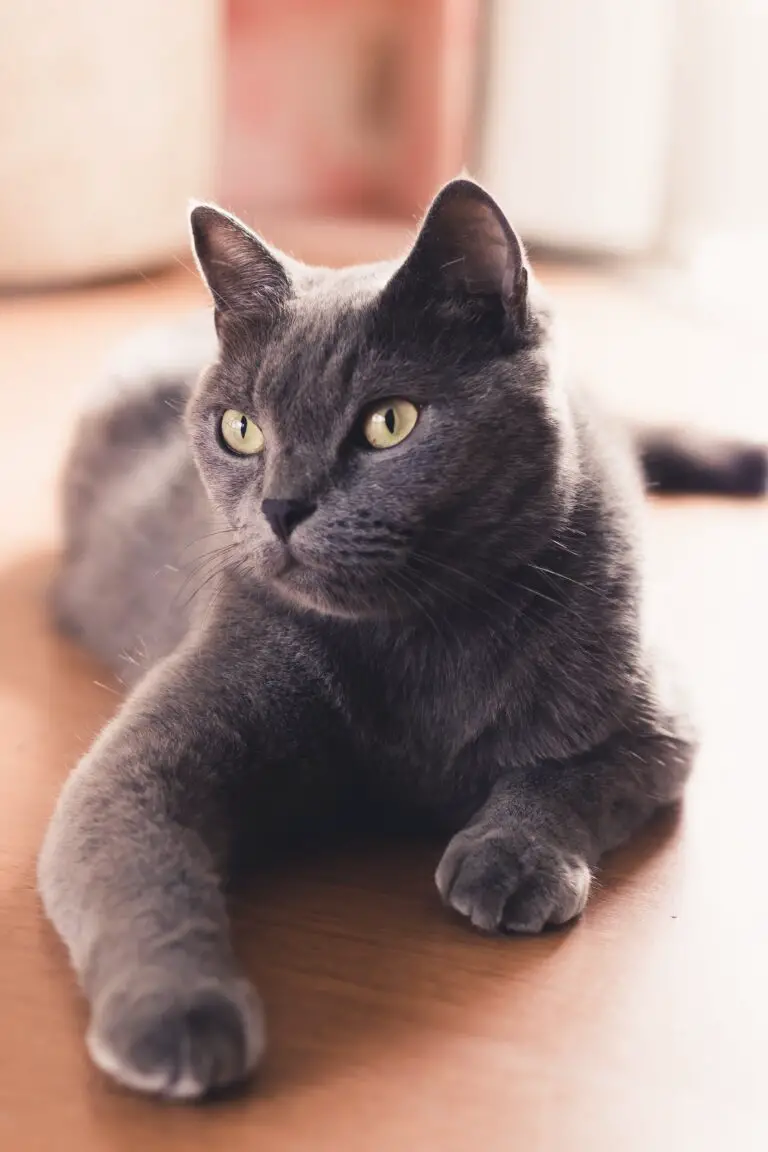
Treatment is more than just a quick fix; it’s a nuanced process tailored to each individual cat’s needs. Fluid therapy, medications to control vomiting, and even hospitalization — these are just a few of the tools in a veterinarian’s arsenal. And it doesn’t stop there. Your vet isn’t only the first responder but also the guardian of your pet’s long-term health, providing guidance on preventing future incidents. They will educate you on the safe cohabitation of plants and pets, ensuring that your home remains a sanctuary for all your furry family members.
So whether your feline companion is a curious climber or a ground-level grazer, rest assured that with the vigilance and care of a dedicated veterinarian, the dangers of Crassula toxicity can be expertly managed, ensuring many more years of joyful play and peaceful purrs for your beloved pet.
Common Myths About Cats and Houseplants Debunked
It’s a common belief that cats have some sort of sixth sense that warns them against plants that could harm them. If only that were true! Cats are innately curious creatures, and that curiosity doesn’t come with a built-in toxic plant detector. Just because your feline friend gives a Crassula plant a sniff doesn’t mean they know to stay away. Despite this, some pet owners firmly believe their cat would naturally avoid anything that spells danger.
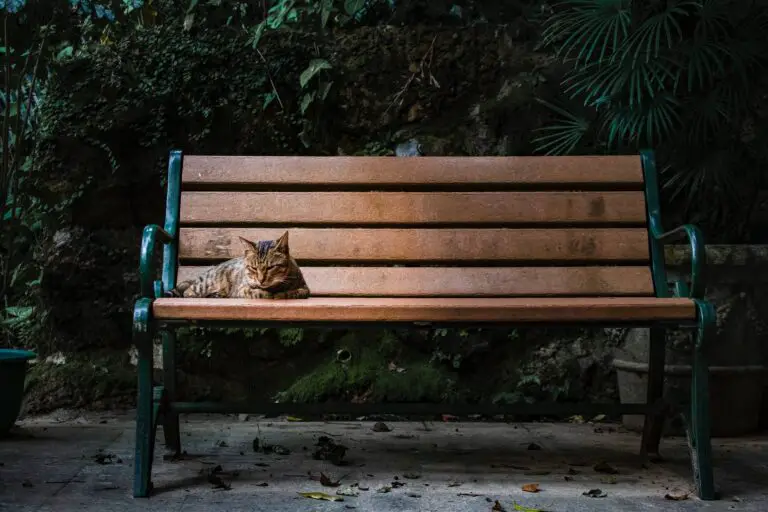
Let’s take a hypothetical situation where a new houseplant graces your living room. If it’s a Crassula, its inviting, fleshy leaves might just catch the eye of your kitty. And, whether out of sheer curiosity or the desire to nibble on something green, your cat might decide to take a bite. This is where the myth falls apart; it’s not cat intuition at play here, but rather their natural inclination to explore and investigate their surroundings.
Another misconception we need to do away with is the idea that all cats will show immediate symptoms if they ingest something harmful. In reality, reactions can vary greatly. Some cats might get sick right away, while others seem to carry on without issue, providing a false sense of security to their owners. It’s crucial to understand the risks and be vigilant about what plants you bring into a home shared with cats.
Through an analytical lens, we can see that the notion of cats being their own best protectors in the world of houseplants is a dangerous assumption. As responsible pet owners, it’s our job to ensure our homes are safe for all members of the family, whiskers and all. It’s important, therefore, to educate ourselves about which plants, like the Crassula, could pose a risk to our feline companions and take appropriate precautions.
Frequently Asked Questions
When it comes to the lush and attractive Crassula plants that adorn our window sills and living spaces, there’s an important question for pet owners: Are Crassula toxic to cats? Let’s dive into the key inquiries you might have about these popular succulents and the safety of your feline companions.
What Happens If My Cat Chews on a Crassula Plant?
Picture this: your curious kitty begins nibbling on the green, juicy leaves of a Crassula. But what seems like harmless fun could lead to trouble. If ingested, Crassula can cause vomiting, lethargy, or a loss of coordination in cats. Don’t panic though—observing your cat and contacting your vet can quickly put the situation under control.
How Can I Keep My Cat Safe Around Crassula Plants?
It’s simple—prevention is key! Keep your Crassula plants out of paws’ reach. Consider high shelves or hanging planters as chic and cat-safe display options. If your cat is particularly determined, you might need to rethink having Crassula plants indoors or opt for cat-friendly greenery instead.
Can Crassula Plants Be Grown Safely Indoors with Cats?
Yes, with precautions. Imagine creating a green oasis that both you and your cat can enjoy. Use cat deterrents such as scent sprays or protective plant cages to form a barrier between your curious cat and your beloved Crassula plants.
What Symptoms Should I Look For If I Suspect My Cat Has Ingested Crassula?
Becoming an amateur detective can save your cat’s life. Keep an eye out for signs such as drooling, vomiting, or difficulty walking. These symptoms warrant an immediate consultation with your vet.
Interested in visual advice about the Crassula and cat safety? Check out this informative video:
Remember, while Crassula plants are a striking addition to your home decor, ensuring the well-being of your feline friend comes first. Stay vigilant, and you and your whiskered pals can live in harmony with your houseplants!
